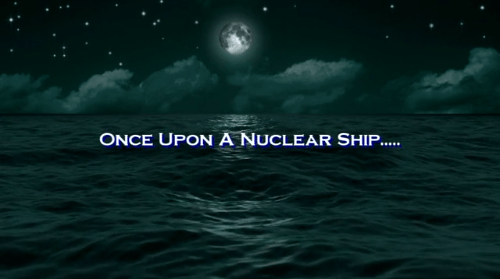The Atomic Show #029 – Nuclear power in space
Space exploration applications of nuclear power
Space exploration is critically dependent on energy sources that are long lasting and can operate in a vacuum. Nuclear power fits the bill, but there have always been objections that limited its applications.
Objections notwithstanding there have also been a number of missions where the only real solution was to use a nuclear power source of one form or another. During episode 29 of The Atomic Show, Shane and I talk about nuclear batteries – also known as radioisotope thermal generators (RTG), nuclear fission electrical power sources, and nuclear thermal rockets. We mention the NERVA program for rocket motor development that resulted in a number of tests during the 1960s.
You can find out more details regarding the topics covered at the following links: (Warning: The first three links are not independent sources – Rod Adams wrote all of the articles during an earlier life phase. Please forgive the self promotion.)
AEI April 1995, Nuclear Batteries
AEI September 1996 – Focus on nuclear batteries
AEI September 1995 – Focus on nuclear rockets
The following sources are independent.
NASA Fact Sheet – Spacecraft Power for Cassini
Nuclear Thermal Rockets: Design Concepts and Issues
Podcast: Play in new window | Download (Duration: 44:08 — 15.2MB)
Subscribe: RSS



Future Directions – Some of the items considered for space travel can also be used on Earth. I wonder about a house with a small reactor to produce electricity, and a small plasma torch to eliminate garbage and sewage. Such a house would not need a sewer connection, an electicity connection, or even a fresh water connection. Without all these infrastructure requirements our cities could be organized in different ways. Are there any technical problems with this idea?
Future Directions – Is anyone researching the direct generation of electricity from fission without using a turbine?
Randal:
I like your vision. Here is a link to an article titled Alternative Nuclear Power. I think you will find the technical direction described in the article to be to your liking.
With regard to direct nuclear energy conversion, I have not heard or read much about the concept recently. Back in the 1990s, I was aware of several projects that were investigating technologies like heat pipes and thermoelectric cells to produce electricity from nuclear heat without turbines. I will have to keep an eye out to determine the current status of this kind of research.
From my own point of view, I always thought that the desire to avoid turbines is misplaced. They are reliable, well understood, simple and have adequate power density.
I loved the show, and I’ve mentioned my desire to hear about the topic to Rod before. I wrote my BS level equivalent to a thesis paper for Physics on nuclear propulsion in space, focusing on the nuclear thermal and nuclear pulse engines. I fervently wish we would develop these technologies, because we aren’t going very far any time soon without them, especially with all the concerns about the effects of space travel on the human body that have come out lately. I’d also like to see data come back from probes sometime before I retire.
PowerPointSamurai:
Glad you enjoyed the show and glad to have heard from you again. We, of course, agree that it is time to put some more effort into nuclear technologies for space exploration. The limits of solar and chemical energy technologies have been pretty well explored and defined, but there is so much more that can be enabled with greater energy density.
The good news is that there is some serious work going on with some frank discussions about the real tradeoffs between nuclear capabilities and costs. The bad news is, like other agencies of the US government, NASA is trapped between budget hits to pay for war the a spineless inability of the administration to be honest with taxpayers about the costs that are being placed on future generations.
Guns AND butter without tax increases did not work in the 1960s (look at what eventually happened in the 1970s with regard to inflation) and it will not work now.